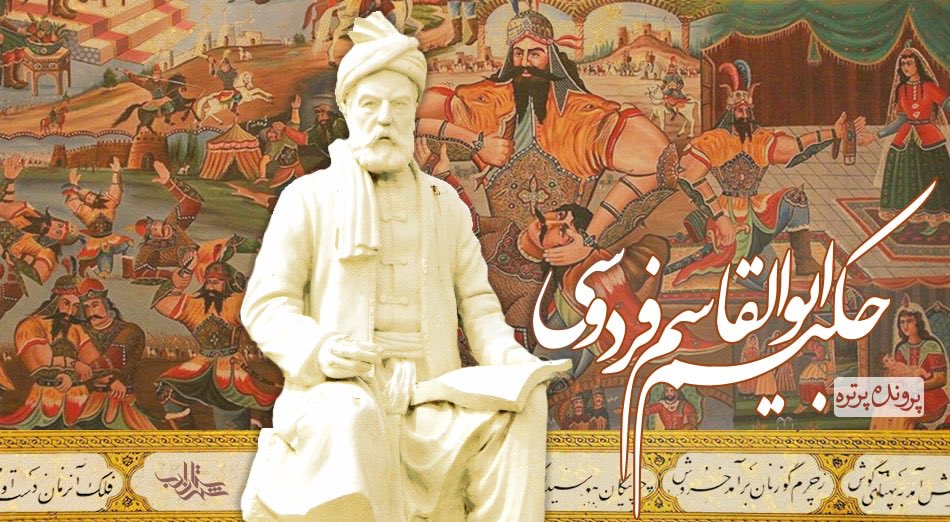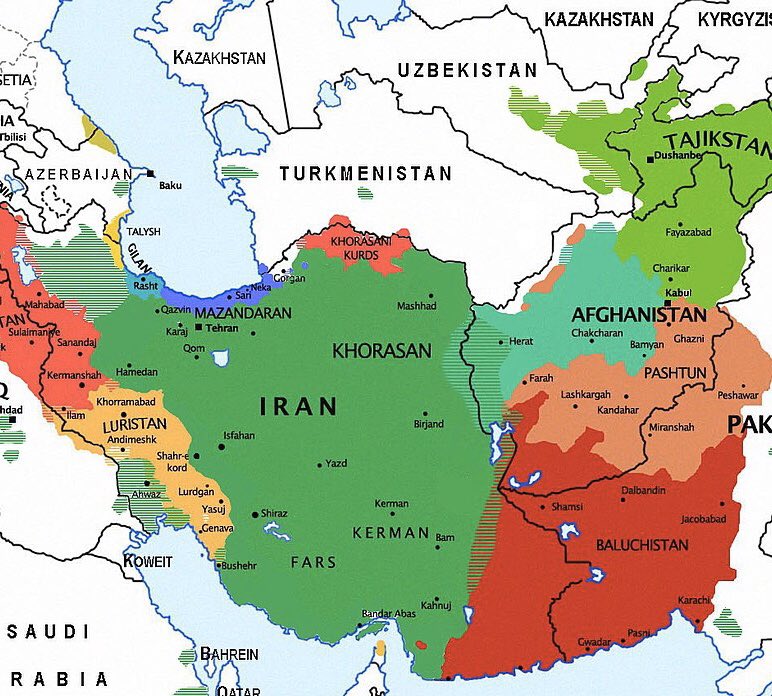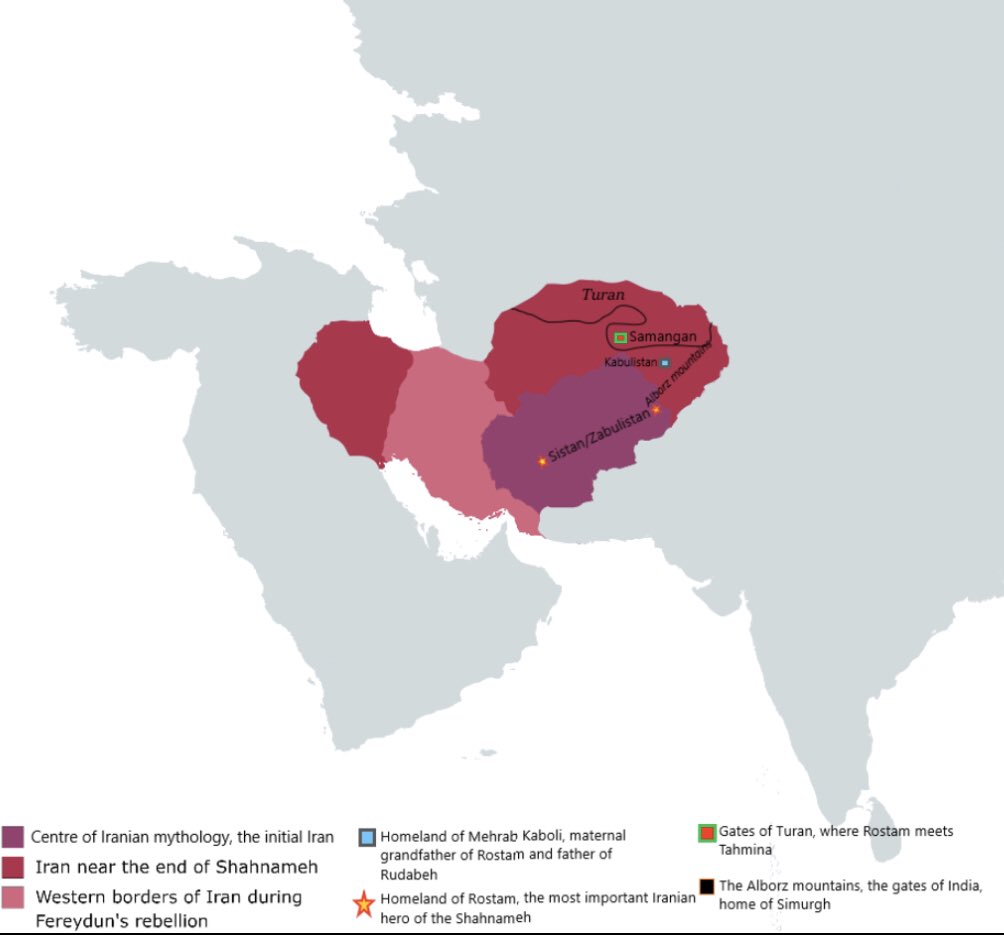The Shahnamah: The national heritage of Persian-speakers only or of all Iranian ethnic groups?
A thread:
A thread:
Contrary to an unfortunate popular belief, the Shahnameh is not the work of the wise poet Ferdowsi; it is the cultivation of thousands of years of Iranian history and mythology which Ferdowsi, with his magnificent and eloquent verse, presented to Iranians and the rest...
of the world in a single work, which took decades of his life and labour to complete. In some versions of the Shahnameh it is written: “I have endeavoured in these 30 years, I revived Iranians (‘ajam) with this Persian [verse]”.
This is another way of saying that the Persian language is a vehicle through which the national history of all Iranians is being retold, regardless if their descendants today are Persian-speaker, Pashtuns, Kurds, Lurs or other Iranians.
Regardless of the authenticity of the verse, it points to a concept that is tremendously important in understanding the Shahnameh, as the national epic of ***all*** Iranians, and as a monumental work in the history of Persian literature.
It is a work which sought to become the heritage of Iranians, and the justification to their nationhood, when their culture was threatened and their languages in decline.
The stories of the Shahnameh are far from mere inventions. They are the living history of all Iranians. They are mainly derived from a Sassanid history book called the Khwaday-Namag (Middle Persian for Book of Lords/Kings).
This book is an attempt to summarise the history of Iranians, from their mythical origins and battles with Turanians, to their recent history under the Parthians and Sassanids.
The mythical parts of the Shahnameh retell the stories of the heroes of Iran, from Kaveh, whose standard became the standard of the Sassanids, to Fereydun whose reign became synonymous with justice....
to Rostam, the greatest hero of the book who travelled throughout Iran and Turan from his homeland in Zabulistan to restore order (a concept with deep Zoroastrian/Aryan roots, known as Asha in Avestic Zoroastrian literature and Artha in Sanskrit) to the land and sea
These stories were retold throughout the Iranian world by Non-Persian speakers as well as Persian-speakers. Indeed, there are numerous relics and depictions of these events from Media over Zabulistan to Sogdia, dating to centuries before the Shahnamah, as early as in the Avesta.
The historical parts of the Shahnameh are the stories of kings, their triumphs and their demises.
The Shahnameh ends with the defeat of Iranians at the hands of Muslims, a reminder to Iranians about the defeat that they have endured, and the necessity to realise their roots.
The Shahnameh ends with the defeat of Iranians at the hands of Muslims, a reminder to Iranians about the defeat that they have endured, and the necessity to realise their roots.

 Read on Twitter
Read on Twitter




